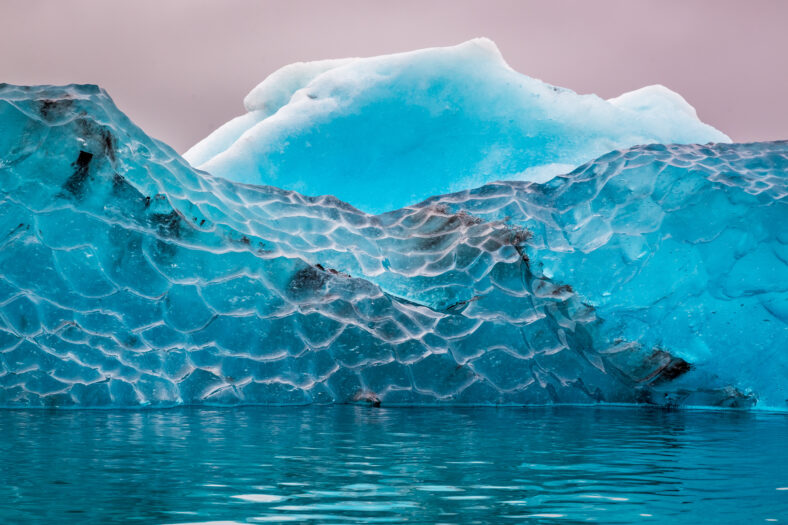The Largest Iceberg In The World Is Breaking Apart After Getting Trapped In A Spinning Ocean Vortex

A giant chunk has broken off the largest iceberg in the world, which may be the first sign of its deterioration. The behemoth is more than twice the size of Greater London and weighs almost one trillion tons. Since its slow journey to the north in 2020, it has stayed mostly intact.
It had been drifting in the direction of the remote South Georgia Island in the Atlantic Ocean, posing a risk of running aground in shallower water and interfering with feeding for baby penguins and seals.
But according to Andrew Meijers from the British Antarctic Survey, a chunk about 12 miles long with an area of roughly 31 square miles has separated from the iceberg. He encountered the iceberg in late 2023 and has been tracking it by satellite ever since.
Icebergs contain many deep fractures. Even though this enormous specimen has shrunk over time and lost a rather large piece, it has held together well.
It is unclear whether a section had simply come loose or if bigger changes are possibly coming. In the past, other mega-icebergs had fallen apart quickly in just a few weeks’ time after losing big pieces.
“I’m sorry to say, but it’s not really an exact science how these things fall apart…it’s really hard to say if this is going to blow apart now, or it’s going to hang together for longer,” Meijers said.
The world’s largest and oldest iceberg is known as A23a. It was once part of the Filchner-Ronne shelf in Antarctica but broke off in August 1986.
However, it did not make it very far before becoming grounded on the floor of the Weddell Sea. It stayed there for 30 years until it finally got unstuck in 2020.
Powerful ocean currents, namely the Antarctic Circumpolar Current, and the wind pushed A23a northward at a rate of up to three miles per day. Sometimes, its journey was delayed by forces that kept it spinning in place.

Sign up for Chip Chick’s newsletter and get stories like this delivered to your inbox.
For example, in August 2024, A23a became trapped in a spinning ocean vortex near the South Orkney Islands. Each day, it rotated roughly 15 degrees in what is known as a Taylor’s column. Other than that, it remained motionless.
The monstrous block of ice started moving again in December 2024 and has been floating in the South Atlantic toward South Georgia, a crucial feeding ground for penguins and seals.
If A23a breaks apart further, it would be much less of a threat to wildlife because the animals could maneuver around smaller chunks more easily to find food.
In the past, icebergs that had grounded there caused significant mortality to baby seals and penguins.
The iceberg is expected to continue traveling north, but its exact course depends on the influence of local currents.
More About:News





